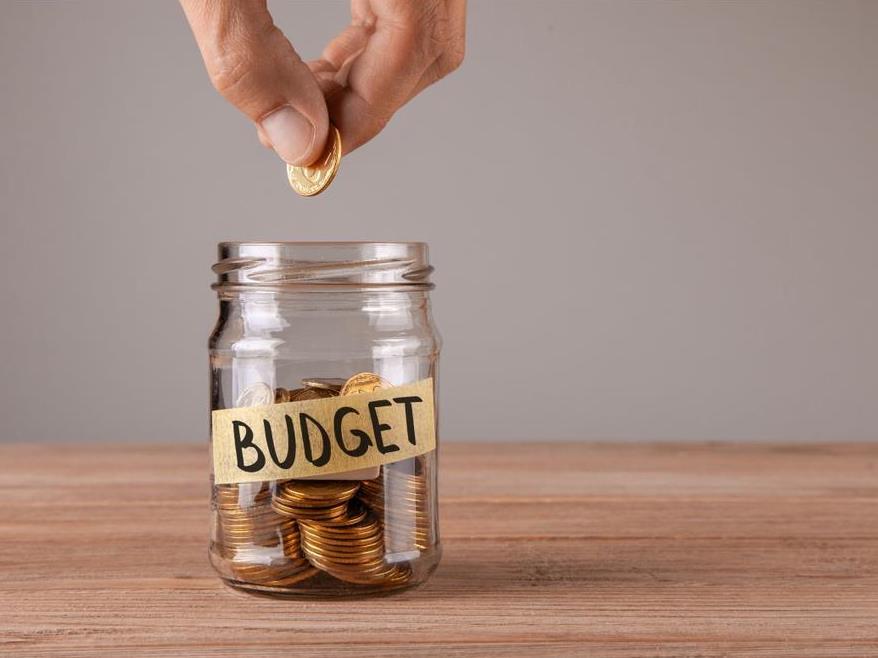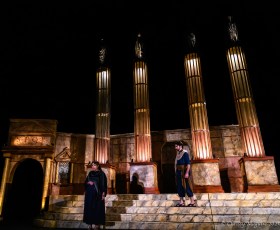Image via Shutterstock
No new investment in the Australia Council.
No new investment in the Regional Arts Fund.
No new investment in our national cultural institutions.
It’s not like the Government hasn’t seen the evidence and heard the arguments. 2,719 submissions to a parliamentary inquiry can’t be wrong.
It’s not like the Government can’t afford it. The projected $7.1bn surplus for 2019-2020 easily accommodates $2m for the Regional Arts Fund and $25m for the Australia Council without even having to touch that headline $7.1bn figure.
These are choices. In a budget designed to win an election, the Australian Government has actively chosen not to invest in the practitioners who create our future. They’ve chosen to prevent the Australia Council from delivering much-needed sector development initiatives, or working to redress the success rate by supporting unfunded excellence – despite research showing that artists’ incomes and their capacities to sustain their careers are diminishing.
They’ve chosen to dismiss the urgent need to return the Regional Arts Fund to its pre-2010 level when it was inexplicably slashed by almost half, its application failure rate now approaching 70% in some regional areas.
Apart from $15m over three years for Questacon, investment in our national cultural institutions is not a choice the Government has decided to make. The 2018 Parliamentary Inquiry into Canberra’s National Cultural Institutions is yet to report, but you can take a look at the arguments for urgent investment made in 83 submissions by the full diversity of those institutions as well as philanthropy, business, and industry bodies like NAVA.
Despite arguments from the National Gallery of Australia, National Library of Australia and National Film & Sound Archive among others, there’s a small one-off cultural infrastructure commitment of $8m ‘for Australia’s National Collecting Institutions to undertake capital works to address critical safety issues’, which sadly comes nowhere close to addressing what our national cultural institutions have said they actually need.
And while there’s $10m over four years for the National Library’s digitisation plans, this doesn’t redress 2016’s $20m efficiency dividend cuts that have hit national treasures like Trove hard, despite some of that being returned in 2016’s MYEFO.
There is, however, some good news in Budget 2019-2020. A $1.5m commitment to a ‘major light show’ for Dark Mofo will create astounding new work and a significant drawcard for Tasmanian tourism, which is where it sits in the Budget papers. This is the result of excellent advocacy on the part of the MONA leadership team including Leigh Carmichael, Dark Mofo’s Creative Director, who in 2017 was appointed by Minister for the Arts Mitch Fifield to the board of the Australia Council. An additional $50m is committed to unspecified ‘iconic tourism infrastructure’ across the country – we’ll have to look our for more details on that in the coming days.
There’s good news too for live music with a commitment of $30.9m over five years following the Parliamentary Inquiry into Australia’s Music Industry, nudging just beyond the $28m commitment already announced by Labor. Plus there’s $22m over three years to support the Bundanon Trust’s important work.
The door is now open for other parties to inspire us with their vision for the future – a vision premised in an unwavering confidence in Australia’s artists to create that future with courage.
An increase of $25m per year to the Australia Council’s budget is the expert assessment of Australia’s leading arts industry bodies across all artforms, including NAVA. We’ve called for $25m to restore the Australia Council’s vital sector development capacity, as well as providing for enough unfunded excellence support to bring the success rate back up, and also, to claw back much-needed operational and grants funds lost to the futile Brandis Raid.
This investment, we’ve noted, is a minimum: all parties must seize the opportunity to be ambitious for Australia’s culture. There’s still an opportunity for us to inspire all parties to make election commitments that are responsible and indeed inspirational. Let’s do this.





